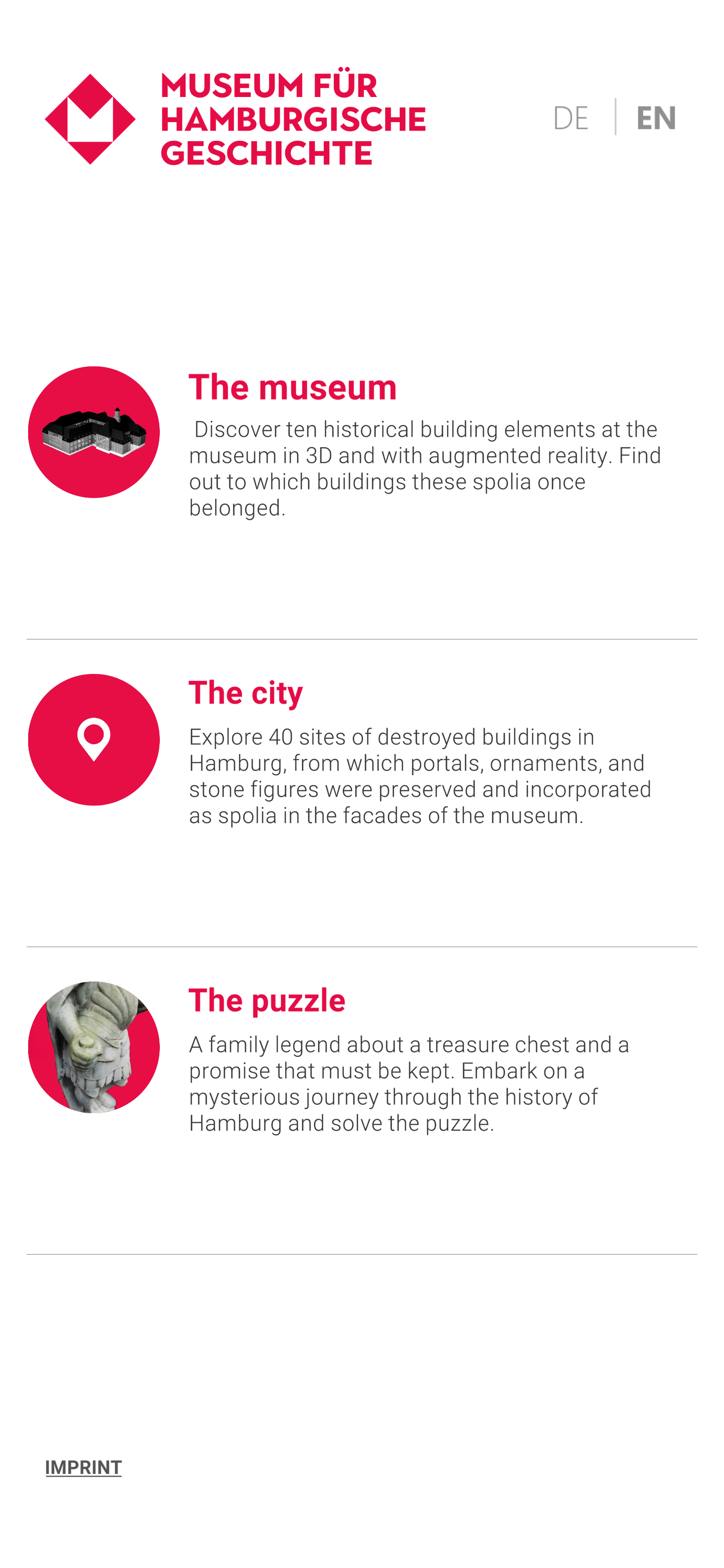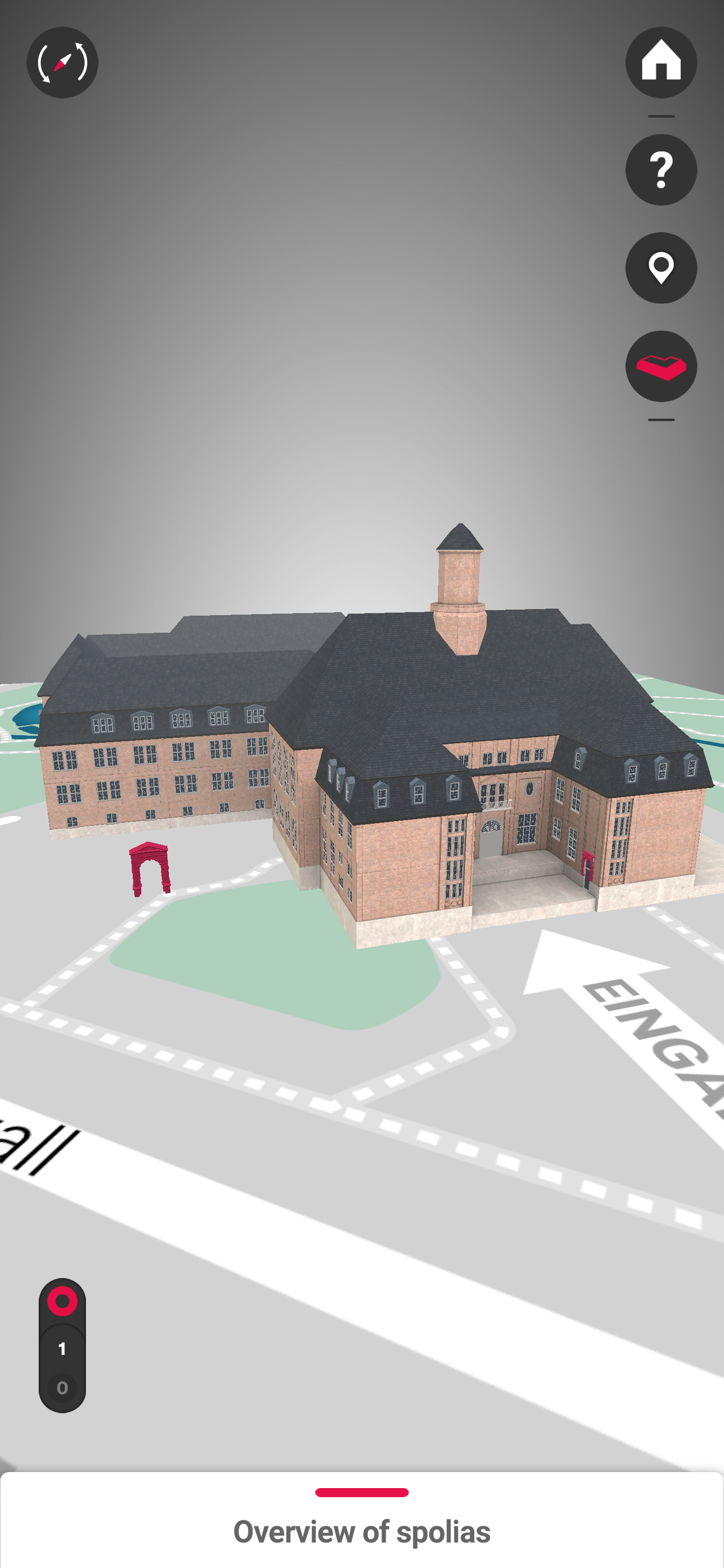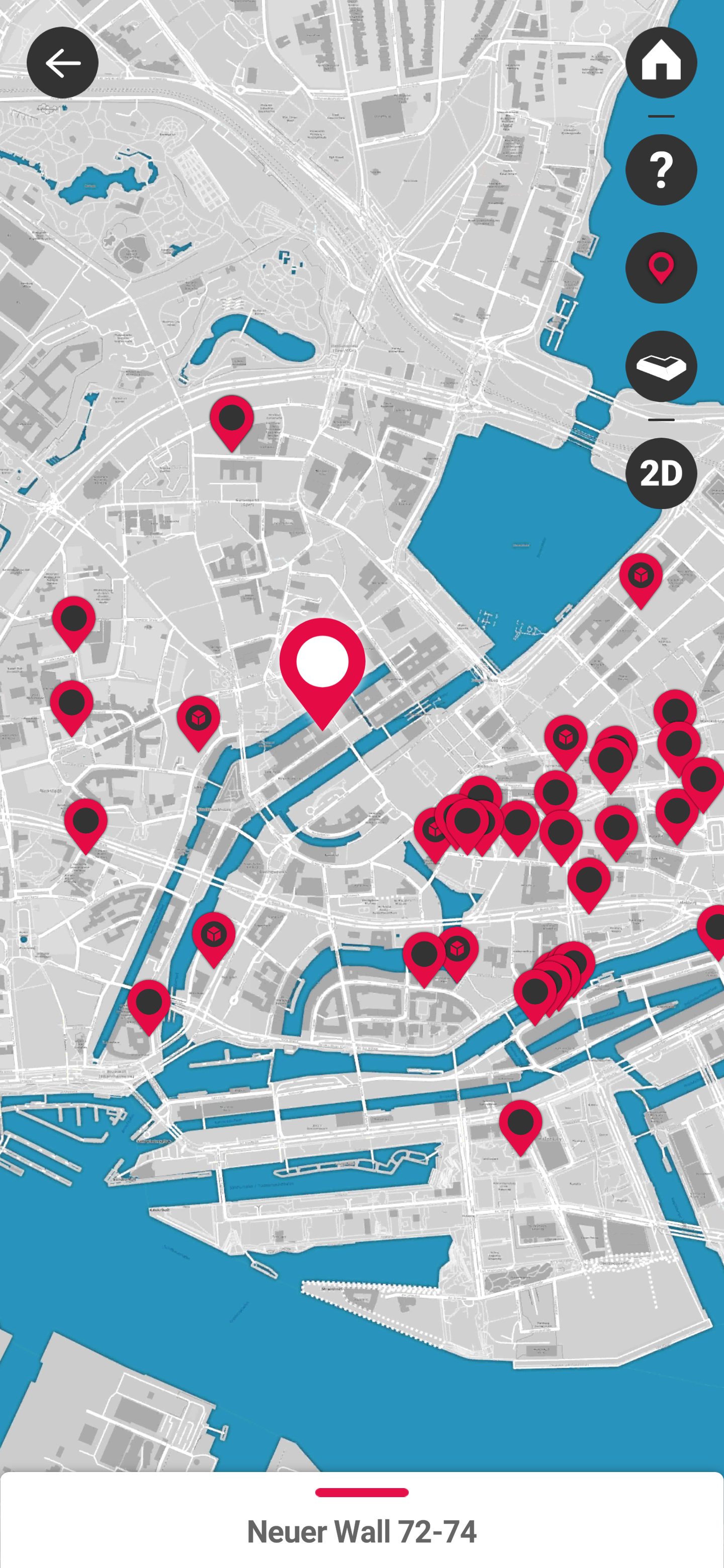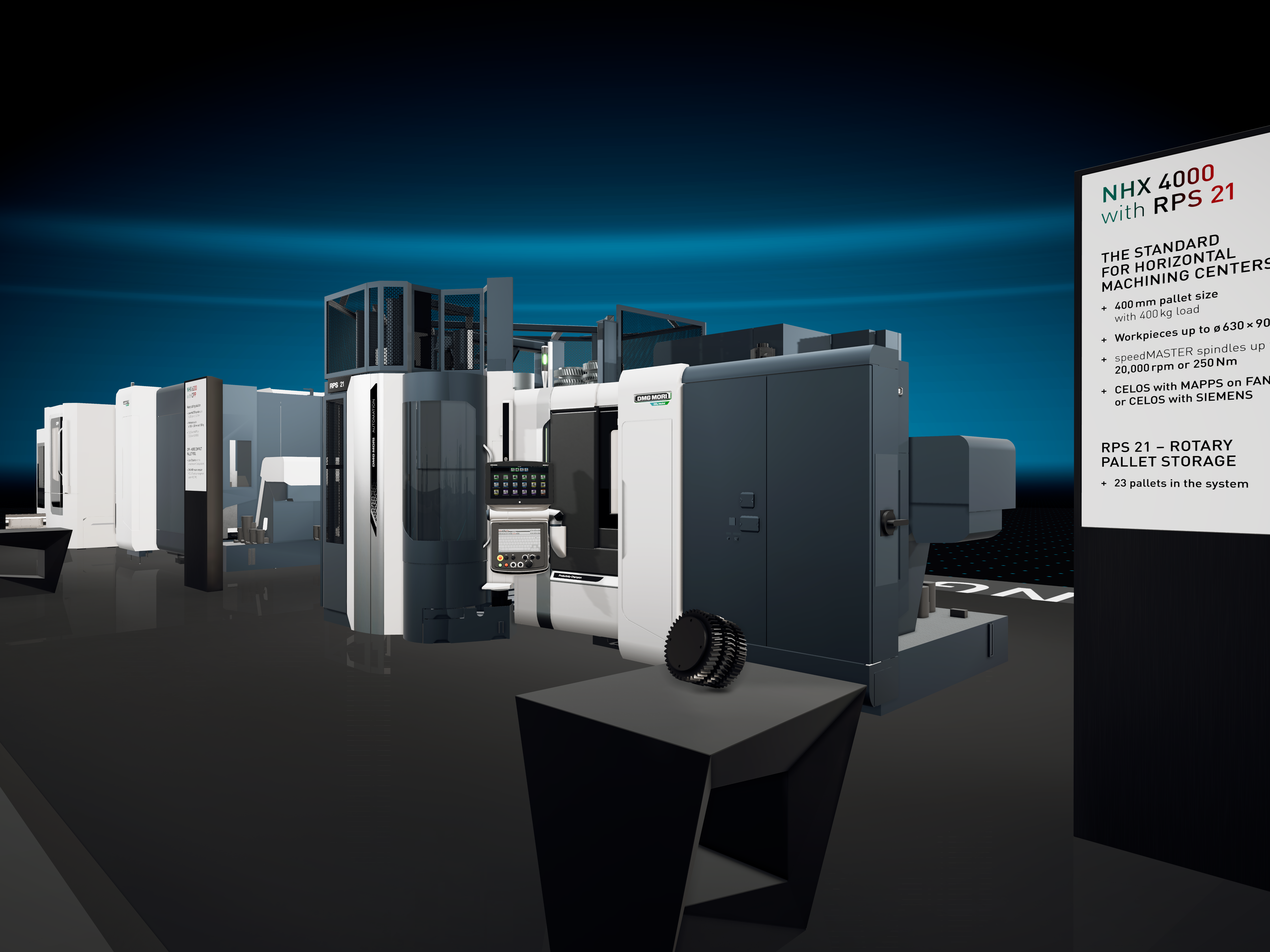The Spolia app "Auf der Spur der verschwundenen Stadt" uses 3D and AR technology to provide multimedia access to the architecture of the Museum of Hamburg History. 100 of a total of 300 historical architectural fragments, which are built into the walls of the museum building as spolia, can be discovered. Most of the spolia come from 17th- and 18th-century houses that architect Fritz Schumacher reused in the construction of the museum. In the museum building, they have lost their original function and architectural context. What did these historic buildings from which the spolia originally came look like? How do the fragments scattered all over the museum belong together? These questions are answered in the app with the help of a virtual 3D model of the museum building, an interactive map and a puzzle game.




The Museum of Hamburg History, constructed between 1913 and 1918 and officially opened in 1922, is a remarkable architectural gem designed by Fritz Schumacher. Schumacher ingeniously integrated over 300 historical components, known as spolia, salvaged from destroyed and demolished structures dating back to the 17th and 18th centuries, seamlessly into the facades and walls of this new museum building.
The unobtrusive integration of these spolia into the building's structure can make them challenging to identify for the untrained eye. To enhance the visitor experience, we envisioned and developed an innovative app that allows patrons to explore these invaluable relics and delve into their rich histories.
To bring this ambitious project to fruition, our first undertaking was the comprehensive cataloging of the spolia. This involved exhaustive research to uncover their historical context and available information, along with the acquisition of suitable images. As part of our digitization efforts, certain spolia underwent 3D scanning and conversion into 3D models, later seamlessly integrated into the app. The amassed data underwent meticulous curation to ensure seamless integration into the app's user interface.
Within the app, we meticulously crafted a digital twin of the museum building, offering a 360-degree view of both its interior and exterior. This digital twin houses precise digital replicas of the spolia, thoughtfully highlighted for easy recognition. By simply clicking on a spolia, visitors gain access to a wealth of information about each artifact. For an alternate method of exploration, we designed a map of Hamburg, pinpointing the original historical locations of the spolia for an immersive and comprehensive experience
photogrammetry


